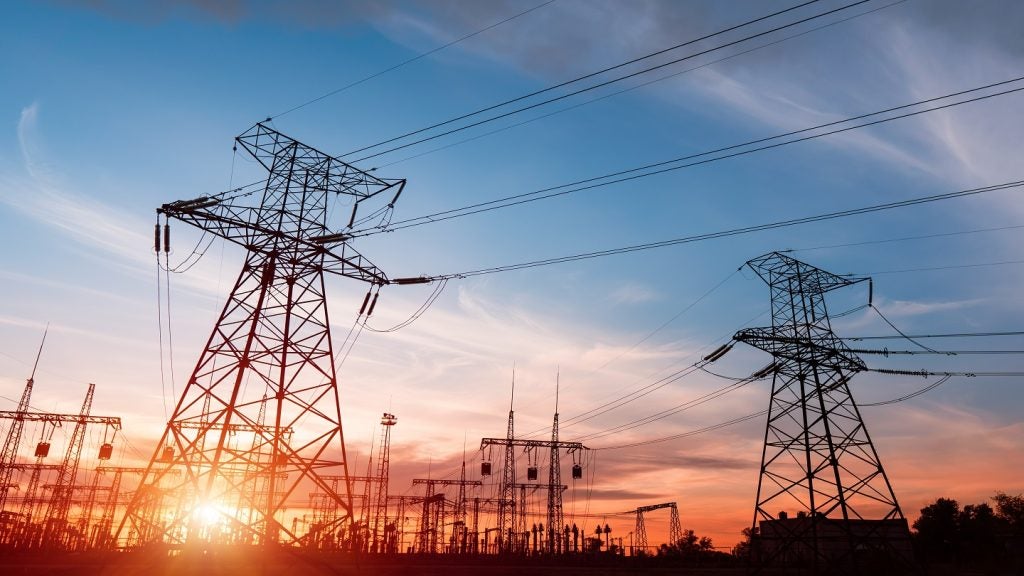
The US is currently in the grip of a bitter winter storm, with snow covering close to three-quarters of the country and trapping more than 150 million people under winter storm warnings. Yet this freeze is not contained to the country’s northern states, where temperatures are lower and snow is common, but has swept as far south as Texas, with some parts of the state reporting temperatures as low as -12oC in Dallas, and -15oC in other areas.
The southern state is struggling through far more intense challenges than would normally be expected during a spate of intense weather, such as slippery roads, poor visibility, and disrupted communications. The winter storm has neutralised Texas’ power supply, freezing natural gas pipelines and causing wind farms to grind to a halt, leaving millions of Texans without access to heat and electricity.
The crisis has been held responsible for ten deaths already in the state, and President Biden has declared a state of emergency. The event has spiralled rapidly from a dangerous weather phenomenon to a state-wide humanitarian crisis, with the state’s energy grids and energy officials coming under fire for their role in the incident.
With the people of Texas facing short-term practical challenges, and the state’s energy infrastructure set for a long investigation and potential reform once the storm has passed, Texas’ energy landscape could be one set for rapid change.
Why did this happen?
While extreme weather is not itself a particularly unusual event, the intensity and spread of this storm has been attributed by some to climate change. Judah Cohen of Atmospheric and Environmental Research told The Guardian that the “generational” storm in the US can be attributed to the warming of the Arctic, referring to a January 2020 paper.
The research argued that the melting of the ice caps interferes with the jet stream, a band of winds to the south of the Arctic, and causes this stream to transport cold air from the polar vortex to other parts of the world.
How well do you really know your competitors?
Access the most comprehensive Company Profiles on the market, powered by GlobalData. Save hours of research. Gain competitive edge.

Thank you!
Your download email will arrive shortly
Not ready to buy yet? Download a free sample
We are confident about the unique quality of our Company Profiles. However, we want you to make the most beneficial decision for your business, so we offer a free sample that you can download by submitting the below form
By GlobalDataWhile the paper concluded that the impacts of this disruption are broadly “controversial and lacking consensus”, the authors noted one result particularly relevant to the US winter storm.
“The Arctic has warmed more than twice as fast as the global average since the late twentieth century, a phenomenon known as Arctic amplification (AA),” wrote the authors. “Observational studies overwhelmingly support that AA is contributing to winter continental cooling.”
This underlying environmental shift has been exacerbated by the Texan energy grid in particular, helping to accelerate the event from seasonal challenge to full-scale crisis. Texas relies heavily on natural gas to meet its energy needs, with state figures showing that natural gas supplies 40% of Texan power, and the state’s natural gas facilities hold few stores of gas, instead relying on constant supplies of gas being piped in to meet demand.
However, the wintery conditions have frozen machinery at the state’s natural gas facilities, cutting daily gas production from around 24 billion cubic feet to just 12 billion cubic feet. Sub-zero temperatures have even frozen the pipes used to transport gas, derailing much of the supply that the damaged facilities manage to eke out.
The Electric Reliability Council of Texas (ERCOT) estimates that 45GW of power generating capacity, more than half of its winter generating capacity, has gone offline in the last few days. A30GW collapse in fossil fuel sources, including natural gas, headlines this decline.
What is the current situation?
For most people in Texas, the outlook is grim. Around four million people are currently without electricity in the state, and images are circling online of families huddled around fireplaces for warmth, as well as anecdotes of Texans hunkering down in cars to draw warmth from heaters.
ERCOT has come under significant pressure to improve access to power for the state’s citizens, but is struggling to balance demand and supply. The non-profit company manages around 90% of the state’s energy grids, making it a hugely influential force in Texan energy infrastructure. ERCOT is responsible for not just a single part of the state, or a single company’s customers, but the majority of the state’s 29 million citizens.
This broad responsibility has caused tension with smaller energy producers, who are eager to provide power for their own customers but are under constant pressure from ERCOT to cut electric load in order to lessen the total energy burden on the state.
Oncor and Austin Energy, companies which together serve more than 10 million Texans, have both reported pressure from ERCOT to reduce load, while CenterPoint energy is struggling to deliver power to over one million of its customers in the state. As a result, rolling blackouts have been in place across the state since Monday, as ERCOT faces the impossible task of metering out power to a state with a sudden, and dramatic, energy deficit.
The crisis has also sparked discussion about the role of the state versus private companies in providing for people in emergency situations. Texas is a traditionally conservative state, more ideologically aligned to individuals and companies fending for themselves, rather than relying on a state-level body for support. While this view is certainly not held by everyone in Texas, recent Facebook posts made by a Texas mayor have highlighted the issues with this commitment to rugged individualism.
Tim Boyd, the then-mayor of Colorado City, received a backlash for writing that “no-one owes you [or] your family anything; nor is it the local government’s responsibility to support you during trying times like this!”. He has since resigned from his position, but his stance and intensity of opinion reflect a growing divide in potential responses to this crisis.
What comes next?
Possible solutions are falling on traditional partisan divisions, with the state’s Democrats accusing Republican Governor Greg Abbott of failing to invest in renewable technologies that would have reduced Texas’ reliance on natural gas and could have minimised the impacts of the crisis.
Abbott has been a noted critic of many of President Biden’s environmental policies, including the suspension of the Keystone XL Pipeline and the US’s renewed interested in the Paris Climate Accord, and many in Texas are calling for a greater investment in renewable power to balance its energy mix.
Yet painting this scenario as “fossil fuels bad, renewables good” is somewhat simplistic, as renewable power facilities have also been affected by the storm; wind turbines have been reported to have frozen in place, taking 16GW of ERCOT’s wind power capacity off the grid.
Indeed, Abbott has called for an emergency investigation into potentially reforming ERCOT, to ensure that the state’s energy mix is not vulnerable to the impacts of such extreme weather in the future, suggesting that this is as much a logistical problem as it is a power generation one.
Much of the blame for the scale of the crisis has been directed at ERCOT for its failure to properly prepare for and respond to the crisis. The body’s forecast for peak demand in an extreme weather event was 67GW, while peak usage during the storm reached 69GW, suggesting that, at the very least, ERCOT is guilty of failing to understand the scale of the threat to the state’s energy grid.
ERCOT also has its own internal problems, namely a lack of funding, and its unique position as the only grid management organisation to operate on the state level in the US, due to Texas’ resistance to federal management of its affairs.
Ed Hirs of the University of Houston told The Houston Chronicle that the body has “collapsed in exactly the same manner as the old Soviet Union”. Questions have inevitably been raised around the state government’s commitment to the genuine goals of ERCOT, as opposed to supporting it as a symbol of Texan individualism in opposition to perceived federal overreaching.
Alongside these existential questions, there are more pressing practical challenges for Texans. Cities across the state have suggested people boil their own water as freezing temperatures have damaged water treatment centres. Meanwhile, some cities are shipping supplies to their neighbours, pooling resources to make up some of the deficit in everything from power to water.






